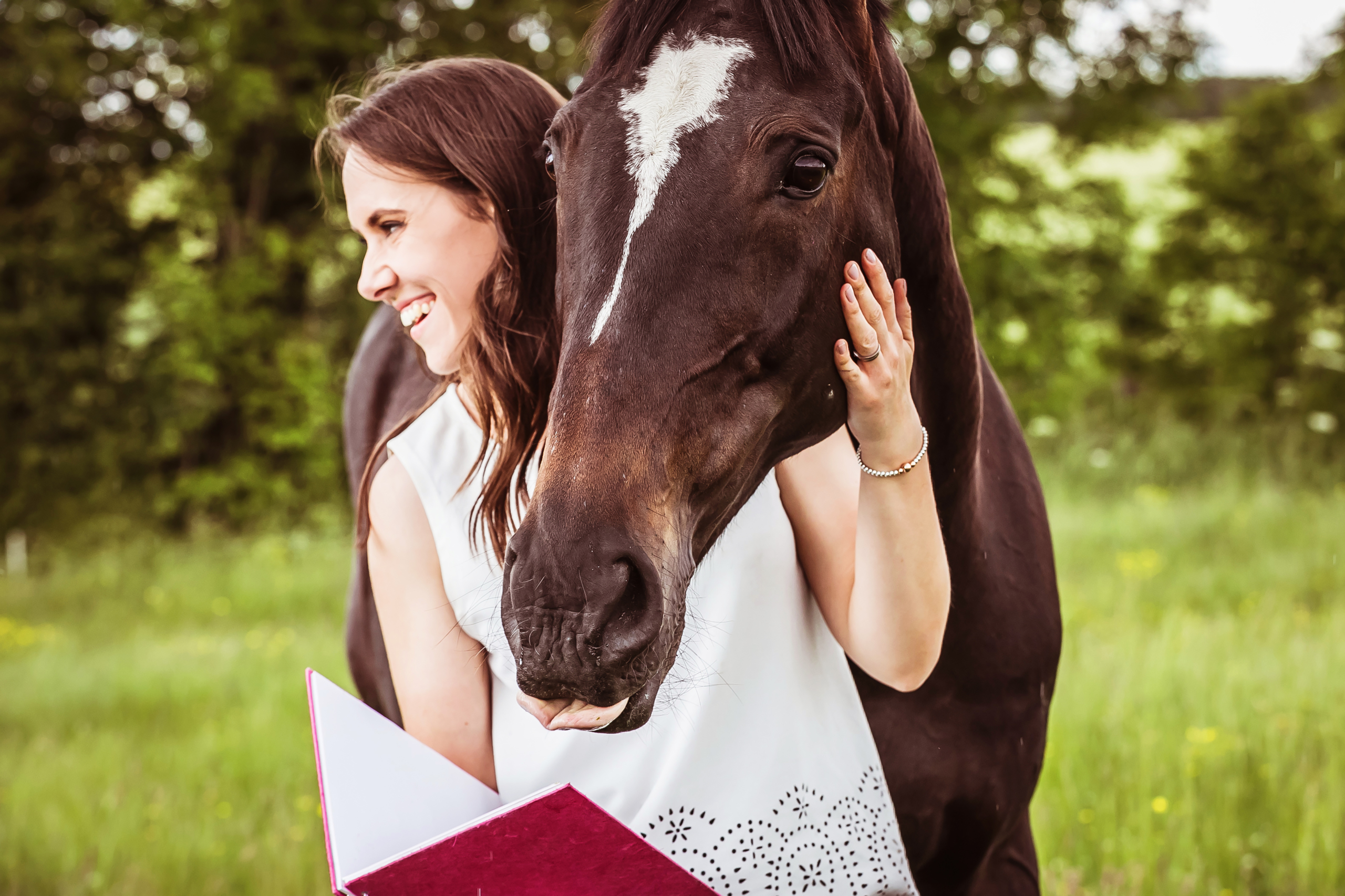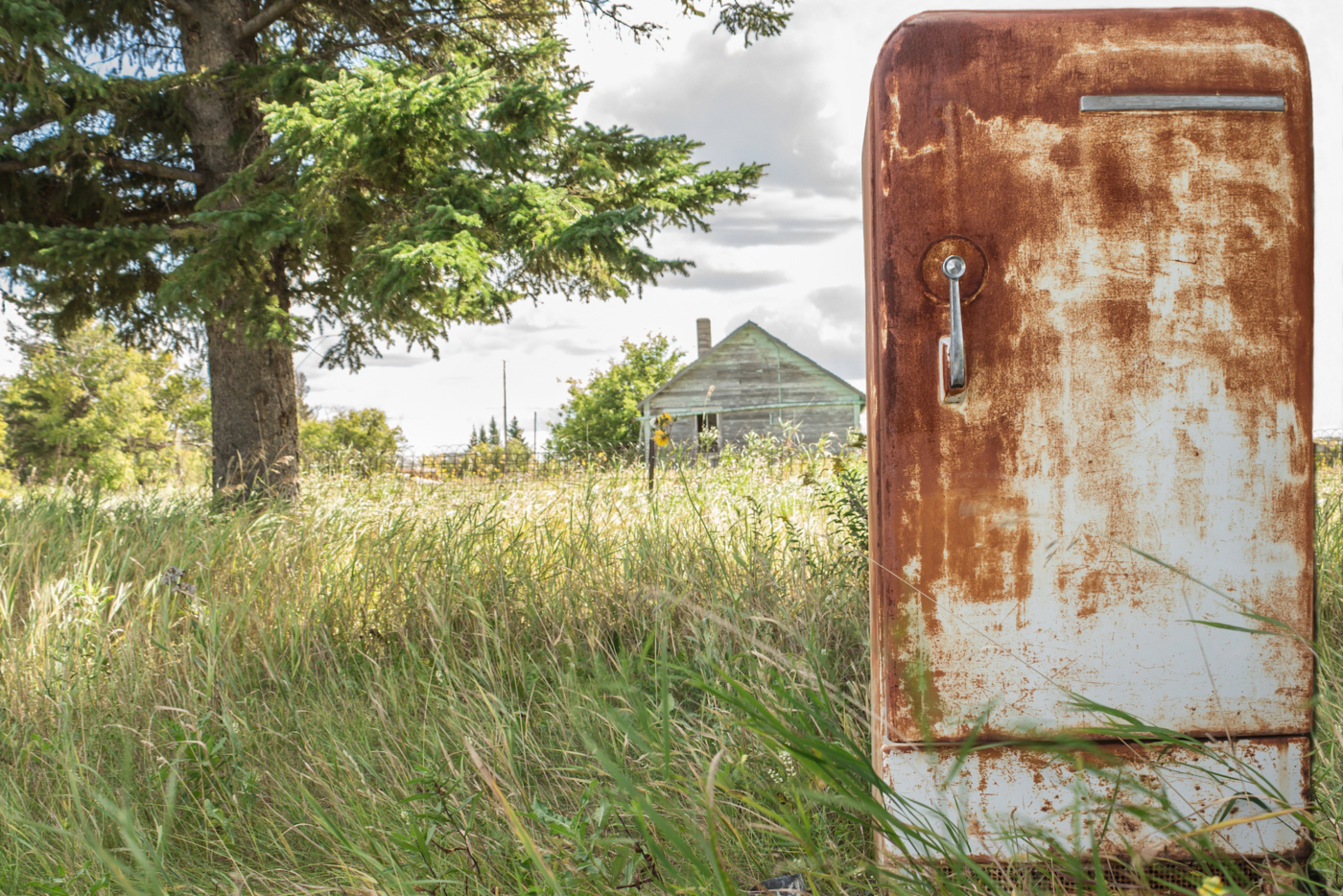We spend a lot of time amongst apartment dwellers in Manhattan (and we’ve done our time in high-rise living). Inevitably, farm life comes up in conversations with said city folk, and while few of them are jealous of bucket scrubbing, stall mucking, and that of which we do not speak (a.k.a. sheath cleaning), everyone becomes a little envious when we mention our unlimited access to free-range eggs and farm-fresh produce.
But just because one lives in a #tinyhouse doesn’t mean one can’t have their basil and eat it too! So this week, we are sharing a few basic tips for the newbie vegetable cultivator or those who aspire to become one, as well as a handful of inspirational photos of humble yet productive gardens. Sure, a big orchard full of apples may be a pipedream, but a sunny windowsill is fairly accessible even in The Big Apple.
Got Herb?
Herbs are particularly well suited to small pots in small spaces, and they provide a lot of flavor for a little effort. And though some herbs need a lot of sun, others prefer shade, which makes them ideal for growing indoors. Mint is a shade-loving favorite at OR, as it grows abundantly, is tough to kill, and comes in handy for a to-die-for watermelon salad. Other common herbs that grow well indoors: chives, basil, oregano, parsley, and thyme.

Got a Balcony?
For those with small outdoor spaces like a balcony or patio, it’s essential to figure out how many hours of sun the space receives each day. Below we list some common crops and the hours of sun required to help them thrive.

Though She Be But Little…
If you’ve ever seen a mature squash plant, you’re probably aware that it’s not befitting of a small space. However, there are some species of fruits and vegetables that can produce fierce yields despite their relatively modest statures: think potatoes, cherry tomatoes, peppers, and eggplants.
Now you’re ready to plant your garden! But in order to make sure it looks as good as it tastes, we’ve pulled some inspiration from the interwebs. Below, check out some of the tiny gardens that we’re coveting (and emulating) this season.
The Dirt on Dirt
Things required to make plants grow: sun, water, and dirt. We’ll assume water isn’t overly complicated and skip right to dirt. Potting soil is relatively inexpensive and can usually be purchased at the same place where you buy your seeds or seedlings. We purchase organic soil, and then further “enrich” it by mixing in a bit of recycled hay courtesy of the OR geldings (wink). Should you choose to use hyper-local, organic fertilizer yourself, don’t use the fresh stuff because it can damage the plants, and make sure the horses that produced it are living an all natural life (read: medication-free) so as not to defeat the entire point of “organic.”
Now you’re ready to plant your garden! But in order to make sure it looks as good as it tastes, we’ve pulled some inspiration from the interwebs. Below, check out some of the tiny gardens that we’re coveting (and emulating) this season.

This fire escape salad bar cultivated by Inside Urban Green is made easy by City Pickers, a low-maintenance grow box kit that includes an automatic watering system and weed-eliminating mulch cover.

Fleet Farming is an organization that encourages urban communities to create edible landscapes by growing gardens in often underutilized, common lawn spaces. The idea is to foster a movement of environmental, social, and economical consciousness by creating neighborhoods that are connected to food.

Vertical planting bags are space efficient and keep herbs out of reach from little paws. Try these pouches made for outdoor walls, fences, and railings, or DIY with a canvas shoe organizer.

Reserve a small corner of a balcony or the ledge of a window for a ready-made planter and trellis that can accommodate a variety of healthy greens. There are many designs and sizes available on the market.








